
How to Use Polymer Lithium Ion Battery - 850mAh: Examples, Pinouts, and Specs
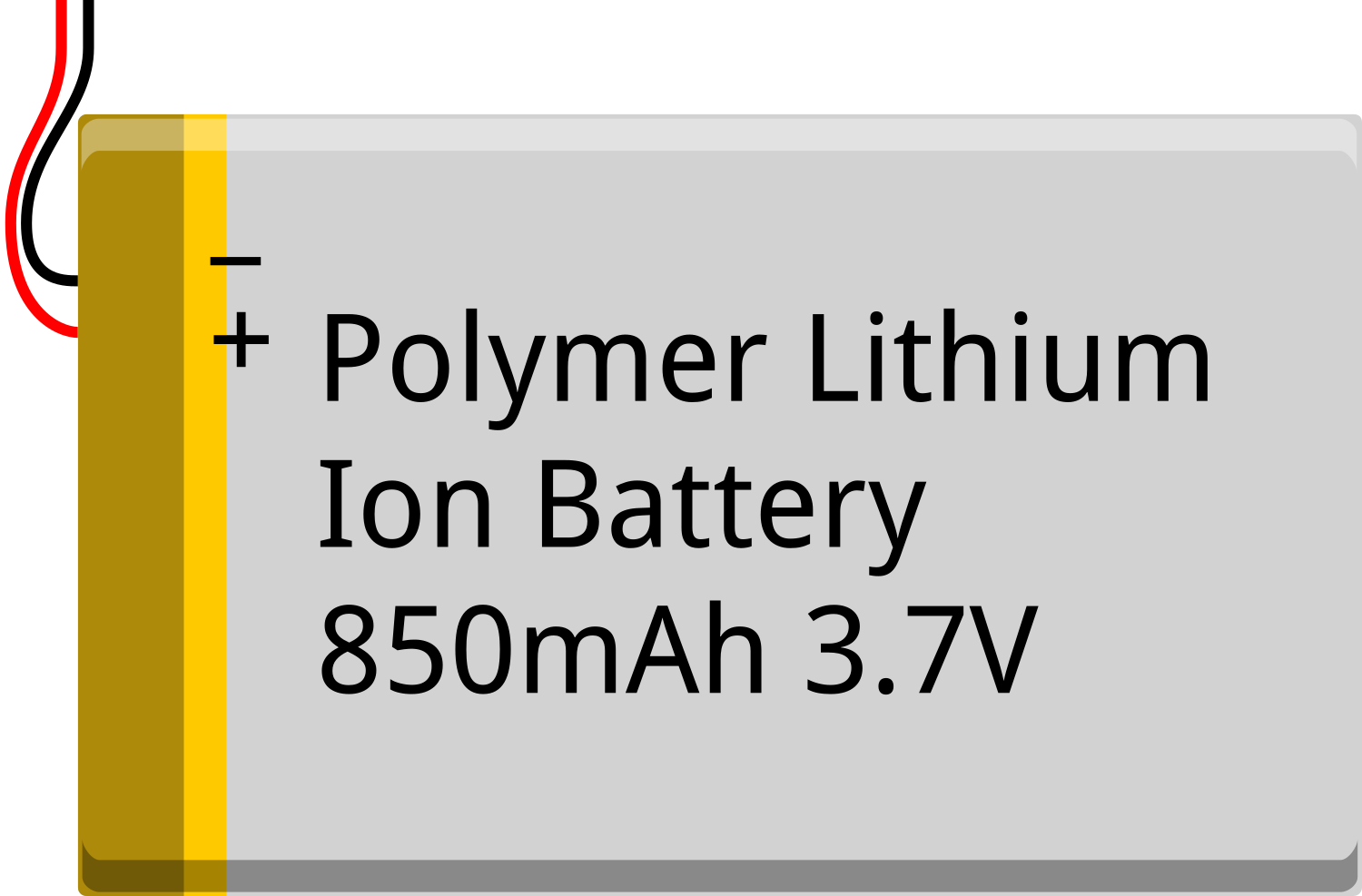
 Design with Polymer Lithium Ion Battery - 850mAh in Cirkit Designer
Design with Polymer Lithium Ion Battery - 850mAh in Cirkit DesignerIntroduction
The Polymer Lithium Ion Battery with a capacity of 850mAh is a lightweight, rechargeable power source that is ideal for modern portable electronics. With its high energy density and long cycle life, it is commonly used in devices such as smartphones, tablets, wearable devices, and various projects involving microcontrollers like Arduino.
Explore Projects Built with Polymer Lithium Ion Battery - 850mAh
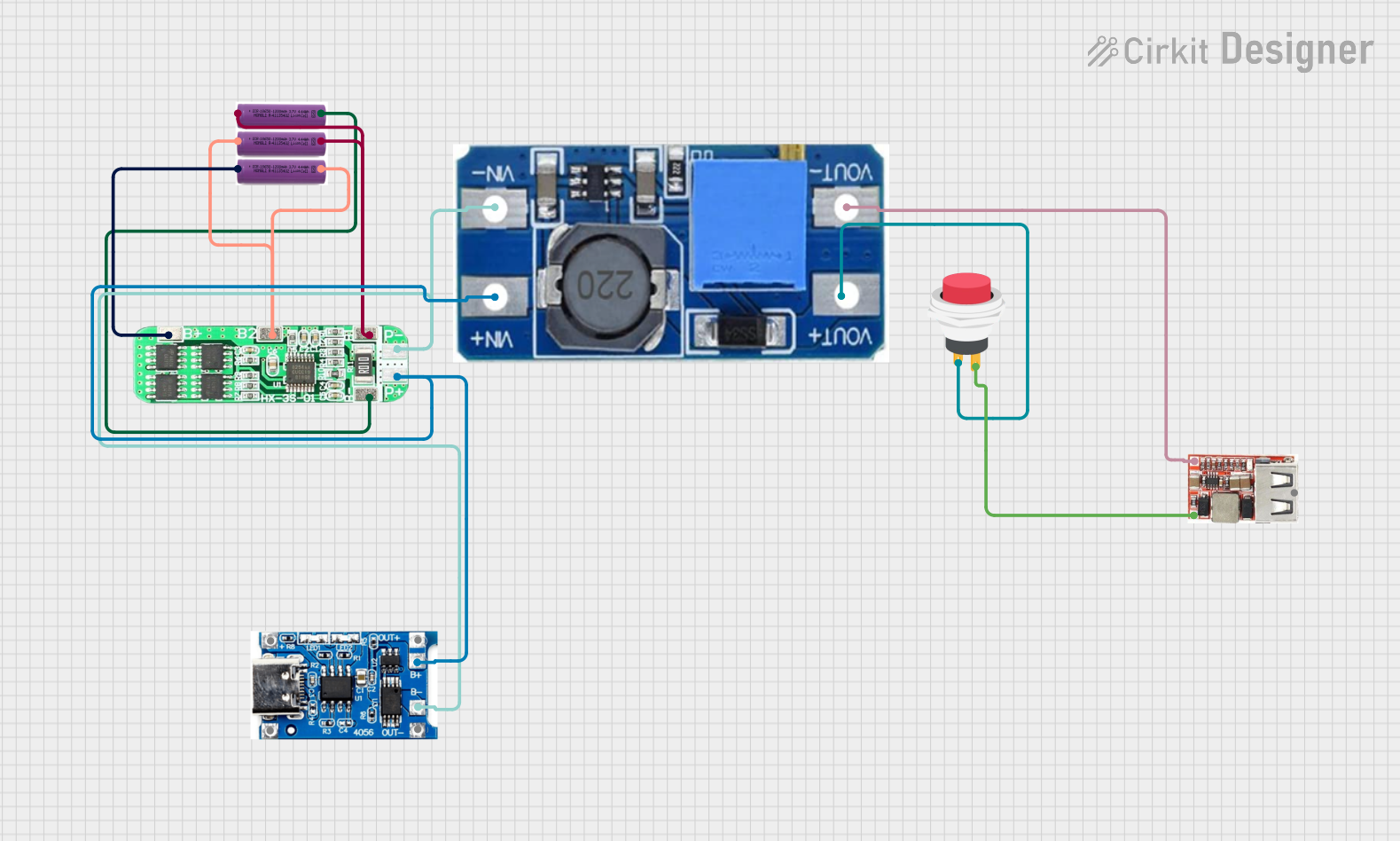
 Open Project in Cirkit Designer
Open Project in Cirkit Designer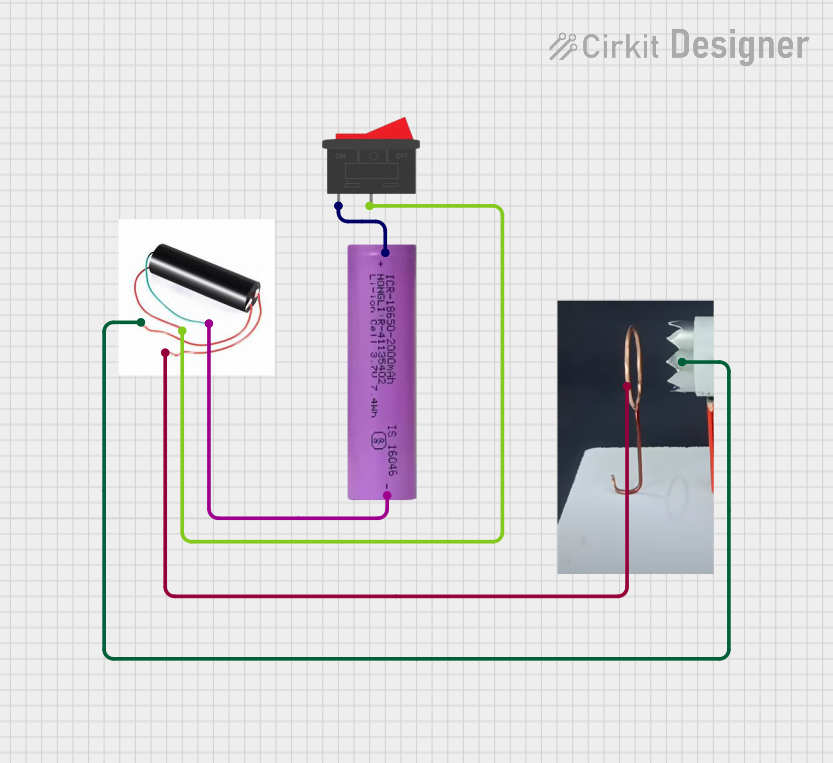
 Open Project in Cirkit Designer
Open Project in Cirkit Designer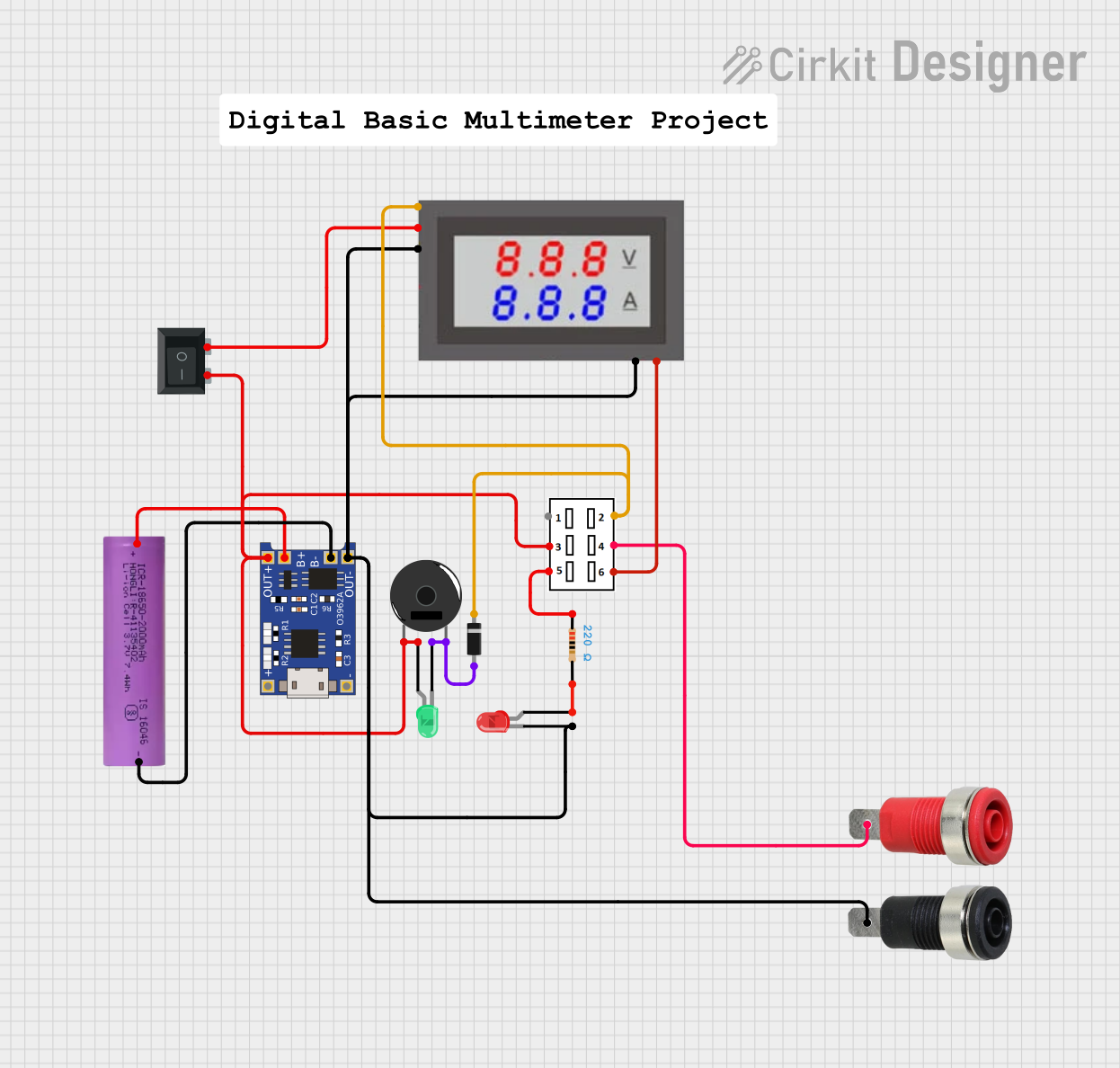
 Open Project in Cirkit Designer
Open Project in Cirkit Designer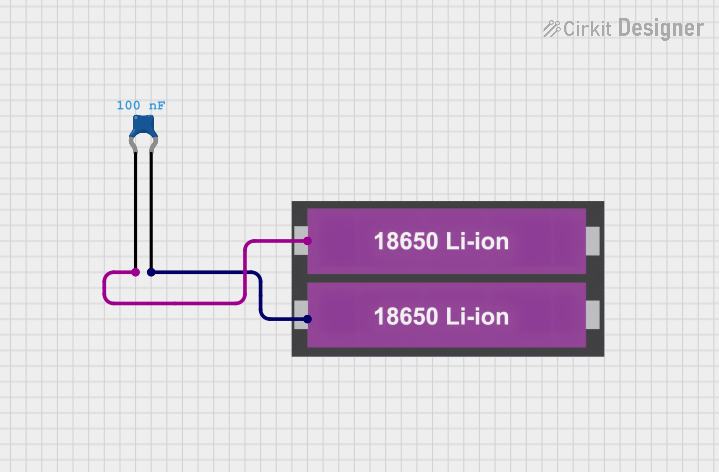
 Open Project in Cirkit Designer
Open Project in Cirkit DesignerExplore Projects Built with Polymer Lithium Ion Battery - 850mAh

 Open Project in Cirkit Designer
Open Project in Cirkit Designer
 Open Project in Cirkit Designer
Open Project in Cirkit Designer
 Open Project in Cirkit Designer
Open Project in Cirkit Designer
 Open Project in Cirkit Designer
Open Project in Cirkit DesignerTechnical Specifications
General Characteristics
- Nominal Voltage: 3.7V
- Capacity: 850mAh
- Charge Voltage: 4.2V max
- Discharge Cut-off Voltage: 3.0V
- Standard Charge Current: 170mA (0.2C)
- Maximum Charge Current: 850mA (1C)
- Standard Discharge Current: 170mA (0.2C)
- Maximum Continuous Discharge Current: 850mA (1C)
- Cycle Life: >500 cycles
- Operating Temperature:
- Charge: 0°C to 45°C
- Discharge: -20°C to 60°C
Physical Characteristics
- Dimensions: (Length x Width x Height) Approximately 50mm x 30mm x 5mm
- Weight: Approximately 20g
- Connector Type: JST-PH 2-pin connector
Pin Configuration
| Pin Number | Description |
|---|---|
| 1 | Positive (+) Lead |
| 2 | Negative (-) Lead |
Usage Instructions
Integration with a Circuit
- Connection: Ensure the battery's connector is compatible with your device or use an appropriate adapter.
- Charging: Use a lithium polymer (LiPo) compatible charger. Do not exceed the recommended charge voltage or current.
- Discharging: Do not draw more than the maximum continuous discharge current. Ensure your load does not drain the battery below 3.0V.
- Storage: Store the battery at half-charge in a cool, dry place if not in use for extended periods.
Best Practices
- Always monitor charging and discharging to prevent overcharging or deep discharging.
- Use a protection circuit module (PCM) to safeguard against overcharge, over-discharge, and short circuits.
- Avoid physical damage to the battery, punctures or bending can lead to dangerous leaks or fires.
- Do not expose the battery to high temperatures or direct sunlight.
Troubleshooting and FAQs
Common Issues
- Battery won't charge: Check the charger and connections. Ensure the battery is not below its discharge cut-off voltage.
- Reduced capacity: Batteries degrade over time and with use. If the battery doesn't hold a charge as it used to, it may be nearing the end of its life.
- Swelling or deformation: Stop using the battery immediately. This is a sign of internal damage and can be dangerous.
FAQs
Q: Can I charge the battery with a higher current to charge it faster? A: Charging the battery with a current higher than the maximum charge current can damage the battery and pose safety risks.
Q: What should I do if the battery gets wet? A: Remove any external power sources and allow the battery to dry completely. If the battery shows any signs of damage, it should be replaced.
Q: Can I use multiple batteries in series or parallel? A: Yes, but it is essential to match the batteries in terms of capacity, voltage, and charge state. Also, use a protection circuit for each battery.
Arduino Connection Example
// No direct code is involved in connecting a battery to an Arduino.
// However, you can monitor the battery voltage through an analog pin.
const int batteryPin = A0; // Connect battery + to A0 through a voltage divider
void setup() {
Serial.begin(9600);
}
void loop() {
int sensorValue = analogRead(batteryPin);
float voltage = sensorValue * (5.0 / 1023.0) * 2; // Calculate voltage based on voltage divider
Serial.print("Battery Voltage: ");
Serial.println(voltage);
delay(1000);
}
Note: The code above assumes the use of a voltage divider to reduce the battery's voltage to a safe level for the Arduino analog input. Always ensure that the input voltage does not exceed the maximum voltage rating of the Arduino pin (typically 5V).
Remember to adjust the voltage divider calculation in the code to match the actual resistors used in your voltage divider circuit.